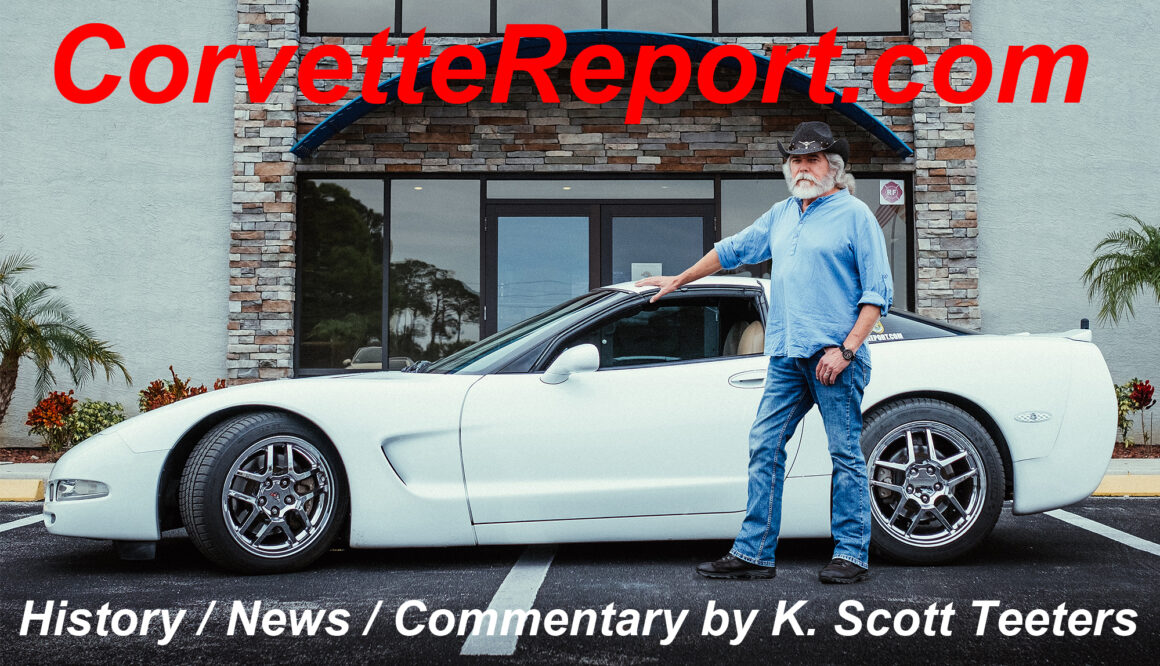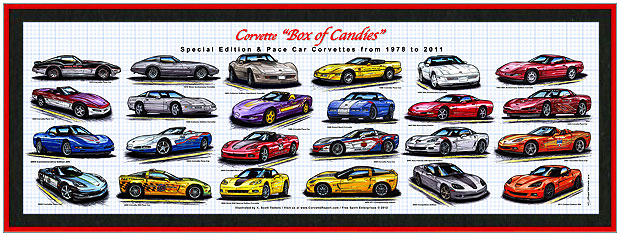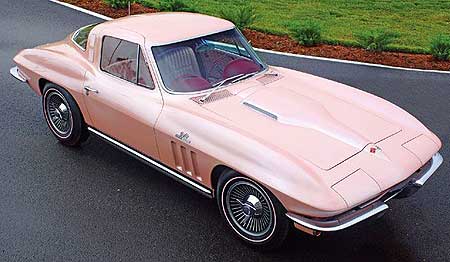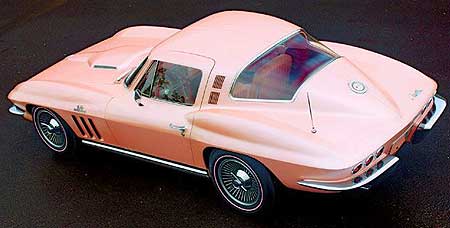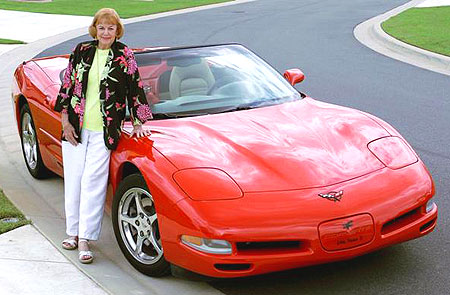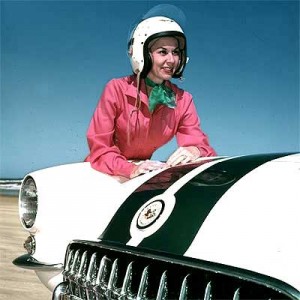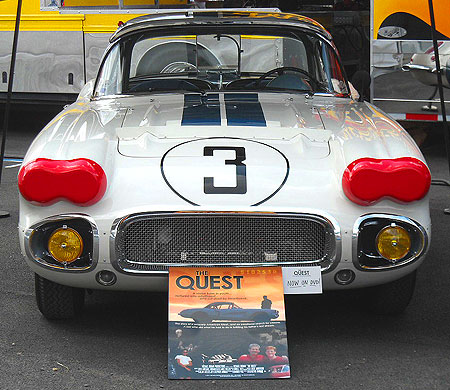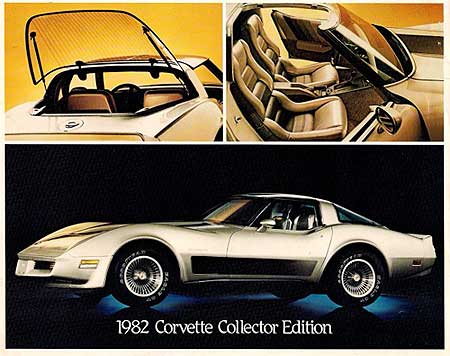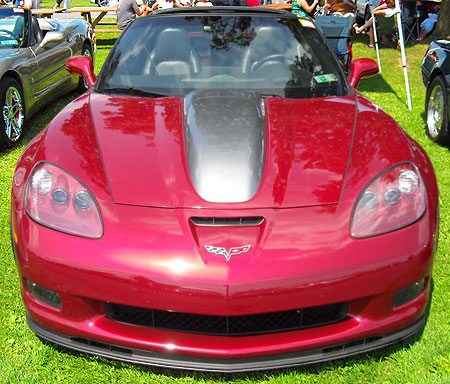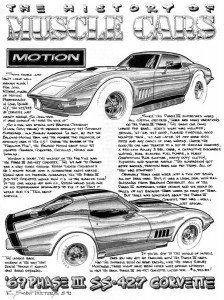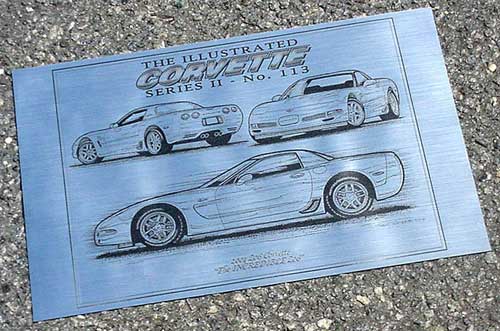Dateline: 9.19.11
From the Archives of The Illustrated Corvette Series
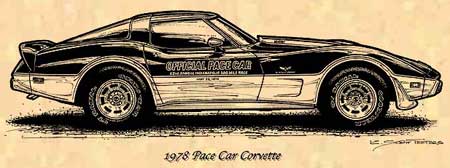 The Corvette’s tough-guy legend is founded on racing and performance. By the mid-to-late ‘70s, Corvette high-performance and racing efforts were in the pits. Power was down, weight was up, and Porsches were eating the Corvette’s lunch at the race track. The announcement that the 25th anniversary Corvette would also be the pace car at the ’78 Indy 500, looked like the highlight of the decade for Corvette fans. But controversy was in the mix right from the beginning.
The Corvette’s tough-guy legend is founded on racing and performance. By the mid-to-late ‘70s, Corvette high-performance and racing efforts were in the pits. Power was down, weight was up, and Porsches were eating the Corvette’s lunch at the race track. The announcement that the 25th anniversary Corvette would also be the pace car at the ’78 Indy 500, looked like the highlight of the decade for Corvette fans. But controversy was in the mix right from the beginning.
Initially, it looked like a triple-play for Chevrolet. First, the ’78 Corvette received a sleek new fastback roof that completed the overall redesign started in ’73 with the soft bumper covers. Second, all Corvettes wore the 25th Anniversary badges. And third, three special Corvettes would serve as the pace cars at the ’78 Indy 500, and replicas would be available. Then the details set in.
The initial proposal was that there would be 300 pace car replicas, the same number as the ’53 production run. The car would have a two-tone silver paint (for the silver anniversary), red pin striping, and special Goodyear tires with “CORVETTE” sidewall lettering. Then the plan was to make 2,500 replicas, 100 for each year of production. But there were 6,200 dealers that all wanted at least one replica, so production went up to 6,502 units. Then two key elements were changed. The special “CORVETTE” tires were deemed too expensive, and paint was changed to sliver and black.
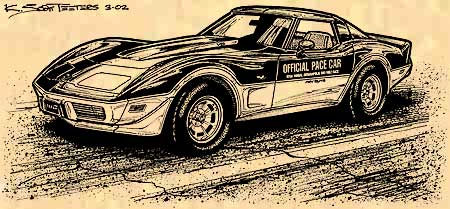 Then there was the price issue. The RPO 1YZ8778 package cost $4,302, on top of the $9,351 base price – a 46-percent premium! Here’s what came with the option. The exterior had special two-tone paint and pin striping, unique front and rear spoilers, glass roof panels, sport mirrors, and red pin stripped aluminum wheels on P225/60R15 tires. The interior came with power windows and door locks, tilt-telescopic steering column, convenience group, silver thin-shell seats, AM/FM with a CB radio or an 8-track tape player, dual rear speakers, and a power antenna. The $525 L82 engine rated at 220-hp was not part of the package.
Then there was the price issue. The RPO 1YZ8778 package cost $4,302, on top of the $9,351 base price – a 46-percent premium! Here’s what came with the option. The exterior had special two-tone paint and pin striping, unique front and rear spoilers, glass roof panels, sport mirrors, and red pin stripped aluminum wheels on P225/60R15 tires. The interior came with power windows and door locks, tilt-telescopic steering column, convenience group, silver thin-shell seats, AM/FM with a CB radio or an 8-track tape player, dual rear speakers, and a power antenna. The $525 L82 engine rated at 220-hp was not part of the package.
The controversy started right on the showroom floor. For a premium collectible,” quality was not good. On many of the cars, fender seams and slight bubbles were clearly visible. The black upper body paint only made the defects look worse. Then there were the opportunistic dealers who tacked on surcharges that bumped the price up to between $15,000 to $22,000. Continue reading “Corvette Pace Cars – The First Indy 500 Corvette Pace Car” →
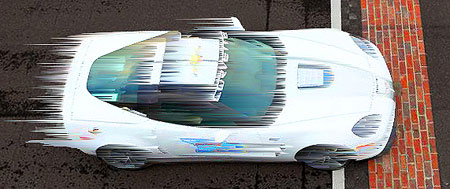 This weekend is the 96th running of the Greatest Spectacle in Motorsports, the Indy 500. Over the years, some of the cars that pace the race have become stars themselves. And none more that the Corvette Indy Pace Cars. After all, the Indy 500 is America’s race and the Corvette is America’s high performance sports car, so the relationship is a natural. This will be the 11th time (‘78, ‘86. ‘95, ‘98, ‘03, ‘04, ‘05, ‘06, ‘07, and ‘08) a Corvette has served as the official Indy 500 pace car.
This weekend is the 96th running of the Greatest Spectacle in Motorsports, the Indy 500. Over the years, some of the cars that pace the race have become stars themselves. And none more that the Corvette Indy Pace Cars. After all, the Indy 500 is America’s race and the Corvette is America’s high performance sports car, so the relationship is a natural. This will be the 11th time (‘78, ‘86. ‘95, ‘98, ‘03, ‘04, ‘05, ‘06, ‘07, and ‘08) a Corvette has served as the official Indy 500 pace car.